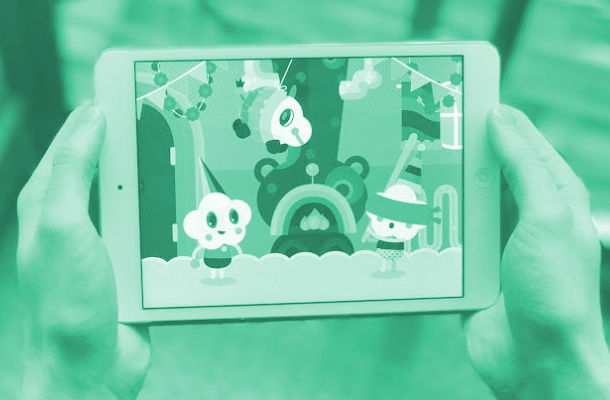Talking tech can aid kids
 Digital storybooks that respond to a child’s vocalisation appear to boost learning.
Digital storybooks that respond to a child’s vocalisation appear to boost learning.
“Digital platforms have exploded in popularity, and a huge proportion of the top-selling apps are educational interfaces for children,” said Erik Thiessen, associate professor of psychology at Carnegie Mellon University.
“Many digital interfaces are poorly suited to children's learning capacities, but if we can make them better, children can learn better.”
Shared book reading is a quiet moment that provides a child with the fundamental foundation for developing reading and language skills.
The rise of digital platforms, like electronic books, computers, smartphones and tablets, have raised concerns that children may be missing out on this key learning experience.
“Children learn best when they are more involved in the learning process,” Prof Thiessen said.
“It is really important for children to shape their environment through their behaviour to help them learn.”
The researchers ran a series of experiments in which adults read to children from either a traditional hardboard book or a digital book.
In the digital platform, the pertinent noun/verb and a relevant image are animated upon the child's first vocalization. They found the recall improved using the digital platform compared to the traditional book (60.20 per cent to 47.35 per cent, respectively).
“This kind of contingent responsiveness from our digital book (or from a parent or teacher) is rewarding. And reward has lots of positive effects on learning. As we get reinforcement, the brain releases dopamine that can serve as a signal for learning at the synaptic level,” Prof Thiessen said.
“At the cognitive level, reward promotes maintenance of attention to help the child focus on what is important, which could be especially important for children who have less well-developed attentional control.”
Throughout the study, children experienced better recall for stories when they were able to exert active control on the animations in the storybook.
According to Prof Thiessen, positive reinforcement enhances the learning experience as do the animated visuals, which integrate nonverbal information and language into the mix. This approach was also particularly beneficial for children who experience difficulty focusing.







 Print
Print